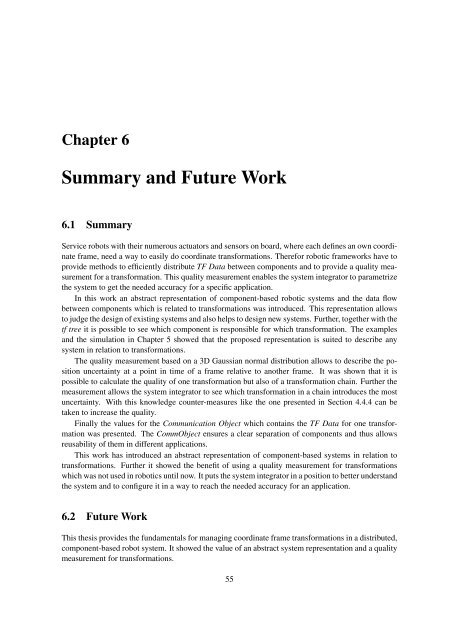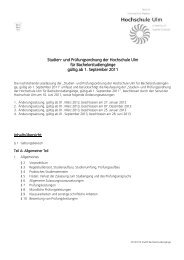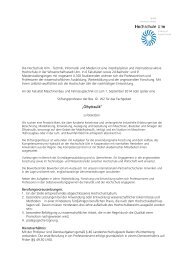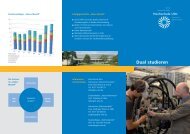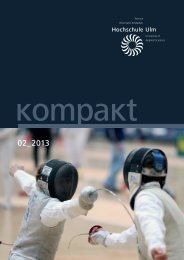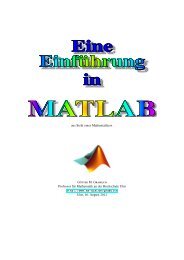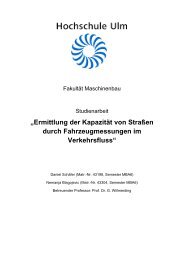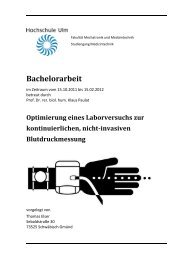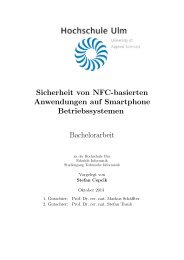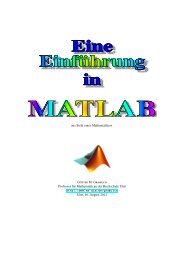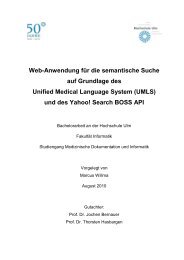PDF 1.938kB
PDF 1.938kB
PDF 1.938kB
Create successful ePaper yourself
Turn your PDF publications into a flip-book with our unique Google optimized e-Paper software.
Chapter 6<br />
Summary and Future Work<br />
6.1 Summary<br />
Service robots with their numerous actuators and sensors on board, where each defines an own coordinate<br />
frame, need a way to easily do coordinate transformations. Therefor robotic frameworks have to<br />
provide methods to efficiently distribute TF Data between components and to provide a quality measurement<br />
for a transformation. This quality measurement enables the system integrator to parametrize<br />
the system to get the needed accuracy for a specific application.<br />
In this work an abstract representation of component-based robotic systems and the data flow<br />
between components which is related to transformations was introduced. This representation allows<br />
to judge the design of existing systems and also helps to design new systems. Further, together with the<br />
tf tree it is possible to see which component is responsible for which transformation. The examples<br />
and the simulation in Chapter 5 showed that the proposed representation is suited to describe any<br />
system in relation to transformations.<br />
The quality measurement based on a 3D Gaussian normal distribution allows to describe the position<br />
uncertainty at a point in time of a frame relative to another frame. It was shown that it is<br />
possible to calculate the quality of one transformation but also of a transformation chain. Further the<br />
measurement allows the system integrator to see which transformation in a chain introduces the most<br />
uncertainty. With this knowledge counter-measures like the one presented in Section 4.4.4 can be<br />
taken to increase the quality.<br />
Finally the values for the Communication Object which contains the TF Data for one transformation<br />
was presented. The CommObject ensures a clear separation of components and thus allows<br />
reusability of them in different applications.<br />
This work has introduced an abstract representation of component-based systems in relation to<br />
transformations. Further it showed the benefit of using a quality measurement for transformations<br />
which was not used in robotics until now. It puts the system integrator in a position to better understand<br />
the system and to configure it in a way to reach the needed accuracy for an application.<br />
6.2 Future Work<br />
This thesis provides the fundamentals for managing coordinate frame transformations in a distributed,<br />
component-based robot system. It showed the value of an abstract system representation and a quality<br />
measurement for transformations.<br />
55


